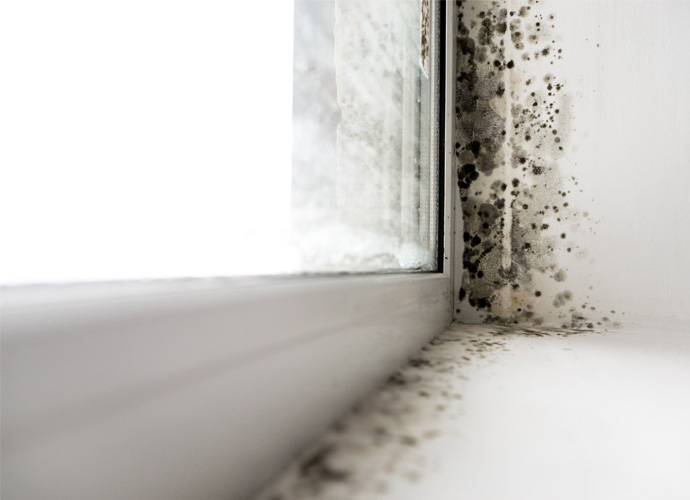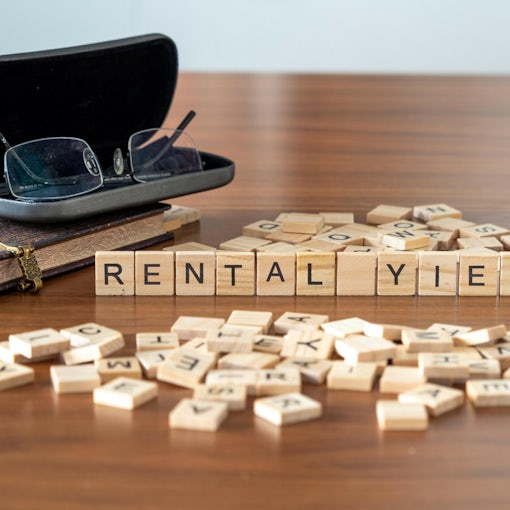In the rental sector there are always grey areas that can lead to confusion and potentially tension between a tenant and a landlord. One such area is mould in the property and who is responsible for dealing with it.
There is no simple answer here, but we will talk through some common causes of mould, how to deal with them and also who is likely to be responsible for remediating them.

What causes mould?
Essentially all mould is caused where there is water, warmth and food such as wood, paper, carpets or even paint. In a home it is hard to remove the warmth and the “food” as you need your carpets and wallpaper, but the moisture is the thing that can be controlled so where does it come from?
Condensation
Condensation is by far the most common cause of mould in a property. Condensation can cause mould on wallpaper, paint in bathrooms and kitchens, windows and woodwork. This is normally relatively easy to control by not allowing humidity in the air to increase and to mop up any water before it becomes an issue, but who is responsible for sorting mould caused by condensation? This really depends on the reason for the condensation so let’s look at a few examples:
- If the condensation is caused by the tenant not using extraction fans or opening the windows to allow the humidity to be removed from the property, then sorting the mould issues will almost certainly be down to the tenant to sort out as it is their actions that are causing the problem
- If the windows for example are in a poor condition, e.g double glazed windows that have lost their integrity, then it is likely that the landlord would be responsible for sorting the problem as the problem is being caused by the condition of the property.
The key here is to understand where the problem is coming from. If it is caused by an action or inaction of the tenant, then they would be responsible for remediation. If it is caused by an action or inaction of the landlord then they would be liable to sort the issue.
Rising Damp
Rising damp is where ground moisture makes its way up into the property through the walls in a property. This is typically caused when the damp proof course (DPC) is damaged or absent. Unless the tenant has deliberately interfered with the DPC, then the problem lies with the landlord to sort as it is caused by the condition of the property.
Penetrating Damp
Penetrating damp is where moisture penetrates into the structure of the property, this can be caused by things like a plumbing leak, missing roof tiles, leaking guttering or poor flashing. For the most part any of these issues come under the responsibility of the landlord. The main exception is where the tenant has caused the issue. For example, if the tenant puts a screw or nail into the wall and nicks a pipe, then the leak has been caused by the tenant and it would be their responsibility to sort the leak which is causing the mould and then also fix the mould as well. For things where mould has been caused by leaking gutters or missing roof tiles, for example, the landlord would be responsible. It is important, that as part of landlord inspections, the condition of the roof and also the guttering or flashing is inspected. Catching any structural issues can cause damp, will allow swift intervention and reduce the likelihood of damp getting into the property.
Although not a totally black and white area, the general rule of thumb is that a tenant is responsible for keeping condensation in the property under control and preventing mould caused by condensation damp. A landlord is typically liable for any damp and subsequent mould caused by the condition of the property.






